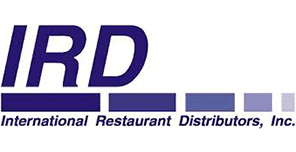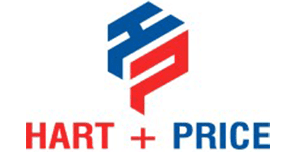Benchmark International Has Successfully Facilitated the Transaction Between Vital Schuhe GmbH and Hartjes GmbH
Benchmark International is pleased to announce the successful acquisition of Vital Schuhe GmbH, based in Fieberbrunn, Austria, by the newly established Vital HSP GmbH, a subsidiary of Hartjes GmbH.
2024 Consumer Retail Spotlight: Global Pet Tech Industry Report
2024 Global Education And Government Industry Report
The global government education market was valued at $558.49 billion in 2023 and is forecast to grow at a compound annual growth rate (CAGR) of 17.8% between 2024 and 2030.
2024 Global Real Estate, Lodging & Leisure Industry Report
Discover the vibrant landscape of the global real estate market in 2024, boasting a robust growth trajectory with revenues surging from $4.02 trillion in 2023 to $4.31 trillion.
Global Consumer, Food & Retail Industry Report
The global consumer, food, & retail industry is a highly dynamic, multi-trillion-dollar market with ongoing revenue growth.
2023 Global E-commerce Industry Report
By 2027, the e-commerce market forecasts a volume of $6.35 trillion by demonstrating a compound annual growth rate (CAGR) of 11.51%.
2023 Global Appliance Industry Report
The appliance market is a large household and commercial appliance industry. It includes electrical consumer appliances such as air conditioners, washing machines, clothes dryers, microwave ovens,
Benchmark International Wins Two More Deal Of The Year Awards
Benchmark International is proud to have been honored with two new M&A Atlas Awards from the Global M&A Network:
M&A In Higher Education
Higher education institutions have been facing a watershed moment. Flagship universities and brand-name colleges are still drawing enrollees. But the number of colleges that have closed in the last decade (~200) has quadrupled over the previous decade. This is why mergers and acquisitions in higher education are becoming more commonplace than ever. In fact, in the last four years, there have been 95 college mergers—a 21% increase over the 78 that took place in the 18 years prior. Most of these mergers (40%) are being executed within private and nonprofit schools, and most deals involve schools in the same state with student bodies under 5,000. It is the less prestigious schools that are struggling the most.
2022 Sector Report: Esports Valued At Over A Billion Dollars
eSports is a form of video-game-based competition that has seen significant revenue and viewership growth in recent years. Much of the revenue is coming from advertising dollars from brands, such as ads shown during live streams on online platforms, video-on-demand content of matches, or on eSports TV. And competitive gaming is becoming more mainstream than ever.

.png)
.png)
.png)
.png)
.png)
.png)
.png)
.png)
.png)
.png)
.png)
.jpg)
.png)
.png)
.png)
.png)
.png)
.jpg)
.jpg)
.png)
.png)
.png)
.png)
.jpg)
.png)
.png)
.png)
.png)

.png)
.jpg)
.png)
.png)
.png)


.png)
.png)
.jpg)
.png)
